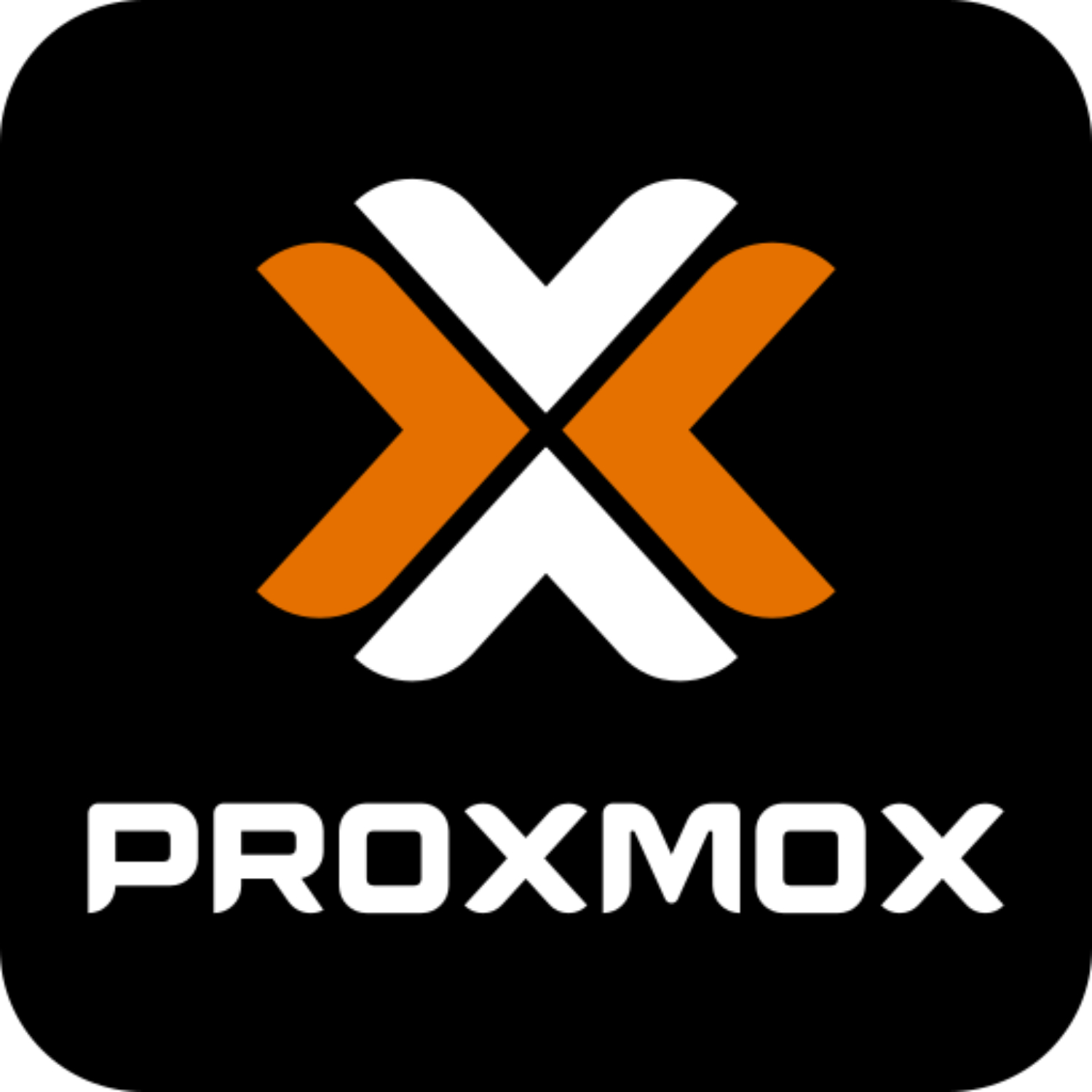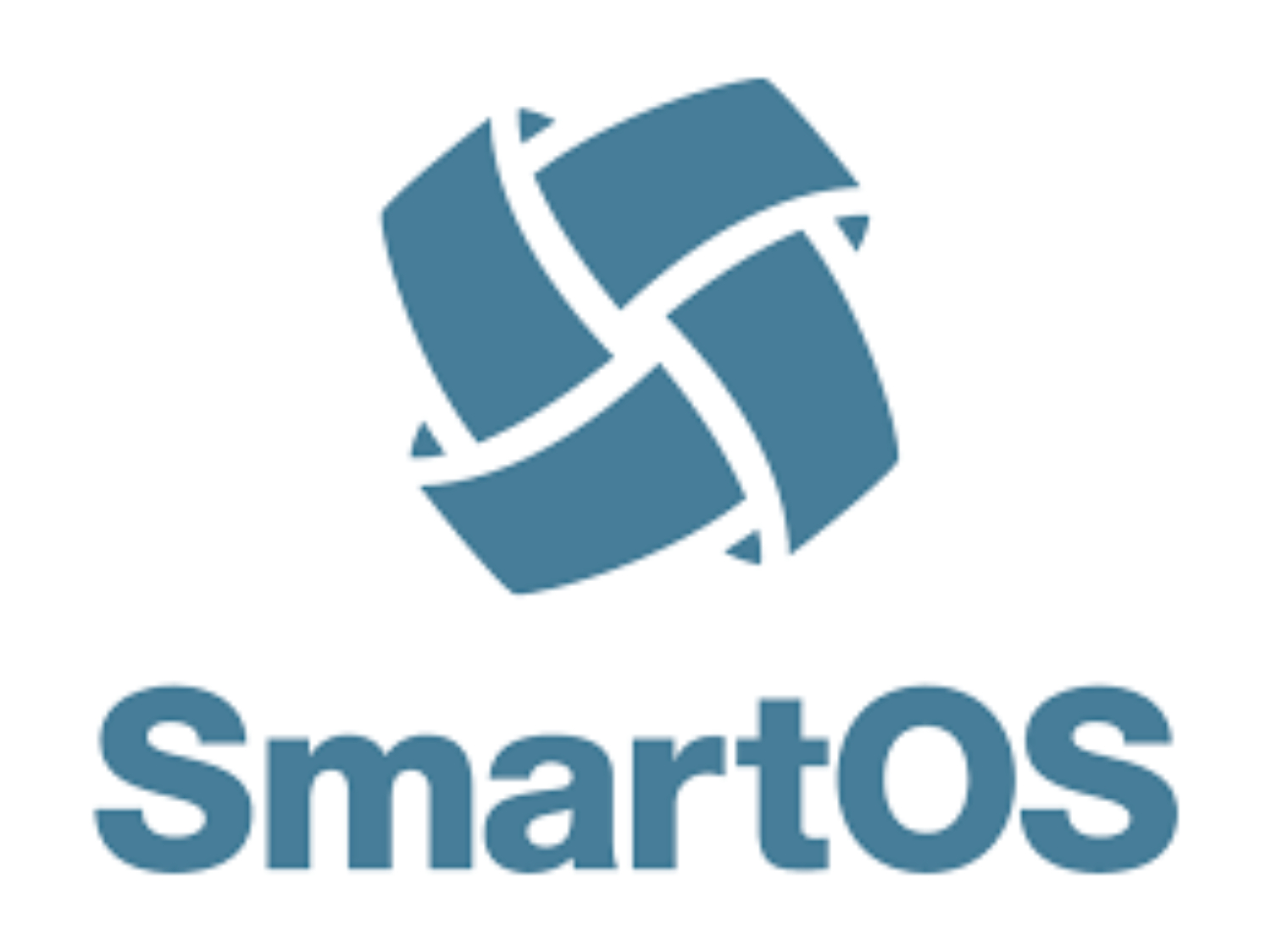Are you searching for the best open-source bare metal hypervisors that make virtualization a breeze? Look no further! Discover the top choices for easy virtualization.
The top open-source hypervisors are Xen, KVM, Proxmox VE, oVirt, OpenStack (Nova), Proxmox Virtual Environment, SmartOS, RancherVM, LXD, and Nutanix AHV. Consider performance, management, compatibility, and community support when choosing. To know more, keep on reading.
Virtualization has changed the computer environment by effectively using hardware resources and enhancing flexibility for varied applications. The hypervisor, a software layer that generates and controls virtual machines (VMs) on a host system, is at the core of virtualization. The best open-source bare metal hypervisors, which provide a potent virtualization solution, will be examined in this article.
What Is meant by Hypervisor Basics?
The software or hardware known as a hypervisor, often called a virtual machine monitor (VMM), facilitates virtualization by allowing numerous virtual machines (VMs) to run on a single physical computer. It gives each virtual machine (VM) a virtualized environment while abstracting the underlying hardware.
Hypervisors come in two primary varieties: hosted hypervisors and bare metal hypervisors. Type 1 hypervisor free, commonly called bare metal hypervisors, operates directly on the host system’s hardware, offering better performance and direct access to hardware resources. The host operating system is necessary for hosted hypervisors, which then execute applications on top of it.
Bare metal hypervisor free offers several benefits. They allow for efficient utilization of hardware resources, as they have direct control over the hardware without the overhead of an additional operating system layer. This results in improved performance and reduced resource contention. Additionally, bare metal-free hypervisors offer better security isolation between VMs and the host system.
Top 9 Best Open Source Bare Metal Hypervisors
Several of the best open-source bare metal hypervisors provide robust virtualization features. Let’s look at some of the top choices:
Xen
A well-established and popular open-source bare metal hypervisor is Xen. It offers high performance and good virtual machine (VM) isolation. Linux, Windows, and FreeBSD are just a few of the guest operating systems Xen supports.
Performance may be improved by using capabilities like resource allocation, live migration, and paravirtualization that it offers. However, managing and configuring Xen may be complicated, requiring high technical expertise.
Visit: Xen
KVM (Kernel-based Virtual Machine)
The Linux kernel seamlessly incorporates the open-source KVM hypervisor, utilizing hardware virtualization extensions to provide practical virtualization for x86-based computers. Additionally, KVM supports a wide range of guest operating systems and benefits from Linux’s extensive hardware compatibility.

It offers features like live migration, dynamic resource allocation, and snapshotting. However, KVM’s management interfaces may not be as feature-rich or user-friendly as other hypervisors.
Visit: KVM (Kernel-based Virtual Machine)
Proxmox VE
Proxmox VE is an open-source virtualization platform that combines KVM and container-based virtualization (LXC).
It is a versatile solution that provides a web-based interface for centralized management. Additionally, it offers a range of features, such as high availability, live migration, and backup/restore capabilities. Notably, Proxmox VE is renowned for its user-friendly approach and has strong community support. In fact, users can take advantage of the community knowledge base to troubleshoot and get help with any issues that may arise.
Visit: Proxmox
oVirt
A KVM-based open-source platform for managing virtualization, oVirt. It offers complete tools for controlling networks, storage, and virtual machines. High availability, live migration, and extensive resource management features are all provided by oVirt.
Additionally, it facilitates integration with other open-source products and enjoys considerable community support.
Visit: oVirt
OpenStack
OpenStack is a well-known open-source cloud computing platform with a Nova hypervisor component. KVM and Xen are two of the many hypervisors supported by Nova. Users may install and administer virtual machines, storage, and networking resources using OpenStack’s comprehensive infrastructure-as-a-service (IaaS) offering. Scalability, adaptability, and broad community support are all provided.
Users may install and administer virtual machines, storage, and networking resources using OpenStack’s comprehensive infrastructure-as-a-service (IaaS) offering. Scalability, adaptability, and broad community support are all provided.
Visit: OpenStack
SmartOS
An open-source hypervisor built on the Illumos kernel is called SmartOS. It makes effective use of Zones’ lightweight virtualization technique for containers. Live migration, resource management, and ZFS-based storage are features that SmartOS provides. It is especially appropriate for conditions found in clouds and data centers.
Live migration, resource management, and ZFS-based storage are features that SmartOS provides. It is especially appropriate for conditions found in clouds and data centers.
Visit: SmartOS
RancherVM
Designed for container-based virtualization, RancherVM is an open-source bare metal hypervisor. Running containers as VMs uses the quick and lightweight Linux KVM technology. RancherVM offers a straightforward and efficient method to deploy and manage containerized workloads.
Running containers as VMs uses the quick and lightweight Linux KVM technology. RancherVM offers a straightforward and efficient method to deploy and manage containerized workloads.
Visit: RancherVM
LXD
For operating Linux containers, there is an open-source hypervisor called LXD. It offers a compact and effective virtualization solution with quick startup times and little resource use. LXD emphasizes simplicity and usability, making it appropriate for testing and development settings.
It offers a compact and effective virtualization solution with quick startup times and little resource use. LXD emphasizes simplicity and usability, making it appropriate for testing and development settings.
Visit: LXD
Nutanix AHV
Nutanix AHV is an open-source hypervisor part of the Nutanix hyperconverged infrastructure platform. AHV offers features like live migration, high availability, and self-healing capabilities. It integrates seamlessly with the Nutanix ecosystem, providing a unified management experience for VMs, storage, and networking.
AHV offers features like live migration, high availability, and self-healing capabilities. It integrates seamlessly with the Nutanix ecosystem, providing a unified management experience for VMs, storage, and networking.
In order to select the most suitable option, organizations need to take into account various factors such as performance requirements, management interfaces, hardware compatibility, and community support. Additionally, it’s important to note that each of the best open-source bare metal hypervisors has its own set of strengths and weaknesses. To elaborate further, some hypervisors may excel in performance but lack community support, whereas others may offer better hardware compatibility but have limited management interfaces. Therefore, it is crucial for organizations to thoroughly evaluate their needs and weigh the pros and cons of each hypervisor before making a decision.
Visit: Nutanix AHV
Implementation Tips
Implementing open-source bare metal hypervisors requires careful consideration and planning. Here are some practical tips and best practices to ensure a successful implementation:
Hardware Selection
- Choose hardware that is compatible with the hypervisor of your choice. Check the hardware compatibility list given by the hypervisor’s documentation.

- Opt for hardware components that support virtualization extensions (e.g., Intel VT-x or AMD-V) for optimal performance.
- Consider CPU, memory, storage, and network requirements based on your workload and scalability needs.
Installation Process
- Follow the hypervisor’s installation guide step-by-step to ensure a smooth installation process.

- Confirm that your hardware meets the minimum system requirements specified by the hypervisor.
- Pay attention to BIOS or firmware settings, such as enabling virtualization extensions and configuring hardware resources.
Configuration Options
- Familiarize yourself with the configuration options provided by the hypervisor. Understand key settings related to networking, storage, memory allocation, and security.

- Consider implementing redundancy and high availability features to ensure fault tolerance and minimize downtime.
- Utilize management tools and interfaces provided by the hypervisor for easier monitoring and administration.
Addressing Common Challenges
- Keep the hypervisor and guest operating systems updated with the latest security patches and updates.

- Moreover, Monitor resource utilization regularly to prevent overcommitment and performance degradation.
- Troubleshoot issues by referring to the hypervisor’s documentation, forums, and online communities for assistance.
FAQs
Can open-source bare metal hypervisors be integrated with existing infrastructure?
Yes, most open-source bare-metal hypervisors are designed to integrate seamlessly with existing infrastructure. They also support various storage and networking options, allowing organizations to leverage their current investments in hardware and software.
Are there any management tools available for open-source bare metal hypervisors?
Yes, open-source hypervisors often come with management tools such as Xen Orchestra for Xen and Virt Manager for KVM. These tools provide graphical user interfaces for easy administration and monitoring of virtual machines.
Is community support available for open-source bare metal hypervisors?
Absolutely! Open-source hypervisors benefit from active and vibrant communities. Users can access forums, mailing lists, and online resources to seek assistance, share knowledge, and collaborate with other users and developers.
Can open-source bare metal hypervisors handle enterprise-level workloads?
Yes, bare metal hypervisors that are open-source, like Xen and KVM, can manage enterprise-level workloads. They are excellent for demanding production situations because of their strong performance, security features, and scalability.
Conclusion
Open-source bare metal hypervisors offer a wide range of seamless virtualization options. Moreover, organizations can benefit from cost savings, flexibility, and a supportive community through Xen, KVM, and Proxmox VE. Additionally, these hypervisors provide powerful capabilities, making virtualization a simple and effective solution for various workloads. Therefore, we hope that this informative article on the best open-source bare metal hypervisors has helped you understand everything you need to know.

Jordan Ramée: Video game and anime journalist since 2016. Turns obsessions into compelling content. Beware: Mentioning Hollow Knight may trigger lengthy lore discussions.







